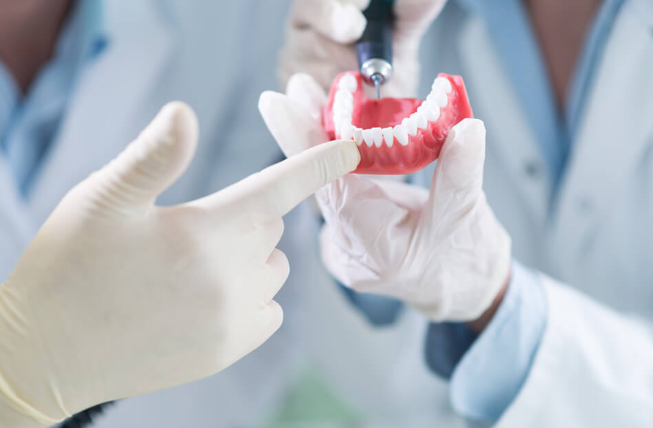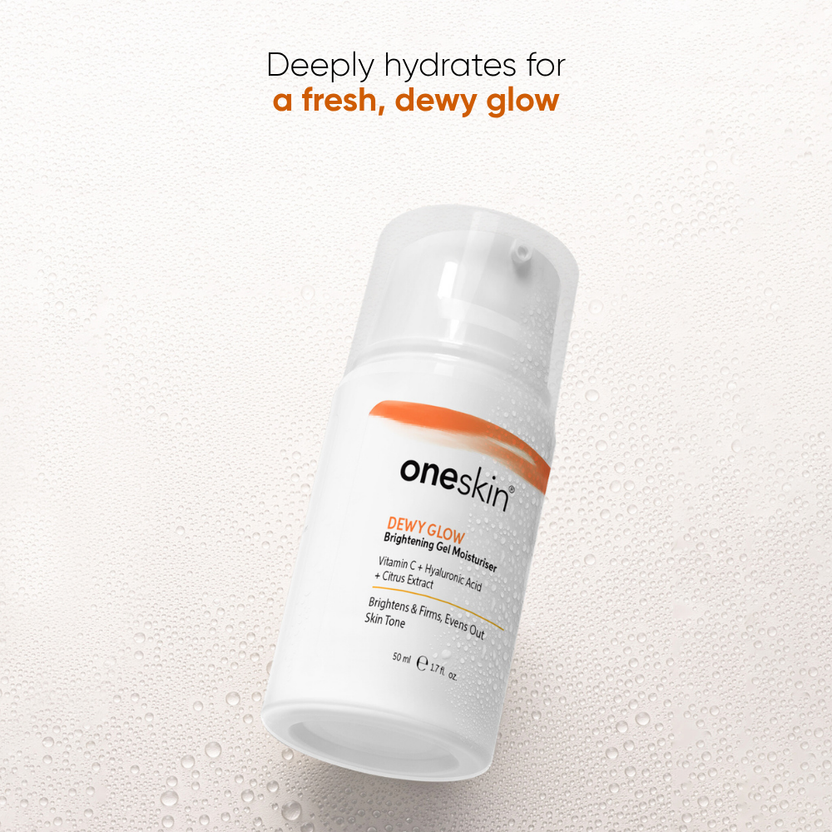Modern restorative care has come a long way from the days of rudimentary dentures. Today’s prosthetic solutions address not only functional issues but also aesthetic preferences, delivering natural-looking smiles and enhanced comfort.
Among the most familiar are full mouth dental implants —often favored for affordability, especially in full arch replacement cases. Still, their mobility and occasional need for adhesives make them less ideal for long-term wearers.
Fixed bridges, which rely on neighboring teeth for support, offer a more stable alternative.Despite their superior appearance and functionality, they may necessitate the alteration of otherwise healthy teeth.
Crowns restore the shape and function of compromised teeth, whether they are used alone or in conjunction with other support systems.They are essential in various treatment scenarios, particularly when strength and longevity are priorities.
Tooth root replacements: A reliable option for lost teeth
The bone beneath a missing natural tooth starts to deteriorate. Surgically inserting titanium or zirconium posts straight into the jaw is one of the best methods to combat this. These preserve facial structure and act as anchors for replacement teeth.
This approach mimics the natural root by integrating into the body’s bone tissue, unlike surface-level methods. In addition to ensuring long-lasting results, this stability makes it easy for wearers to eat and talk.
Comparing implant-supported restorations: Which one fits your needs?
Restoration systems vary widely. Some are embedded into the bone, while others rest atop it—each tailored to different clinical conditions.
Standard screw-type anchors are ideal for patients with sufficient bone volume. For those with diminished jawbone, alternatives such as subperiosteal frameworks or cheekbone-based options might be more suitable.
Less common but highly effective, zygomatic systems offer an option for upper jaw cases where traditional methods aren’t feasible. The choice of technique depends on anatomy, general health, and expectations—areas where experienced teams excel in personalized planning.
The restoration journey: What to expect from start to finish
This multi-step process begins with a detailed assessment involving 3D scans and diagnostic images. Once a personalized plan is developed, the support structures are surgically embedded.
Following a healing period—during which the bone grows around the insertions—small connectors are added, and custom-made crowns or bridges are affixed. The final result is a seamless replacement indistinguishable from natural teeth.
Thanks to digital workflows and modern materials, this process has become faster and more predictable than ever before.
Supporting procedures: Enhancing the success rate
For some individuals, bone volume may be insufficient to immediately proceed with surgical placement. In such cases, preparatory treatments can restore the foundation.
Bone grafts—whether from the patient or synthetic sources—rebuild volume in targeted areas. In the upper jaw, a sinus lift may be required to create enough vertical height for secure placement.
Though they add time to the overall treatment, these interventions dramatically improve outcomes and long-term durability.
Evaluating the best replacement: Dentures, bridges, or surgical restorations?
Each method serves different needs. Removable prostheses are budget-friendly and non-invasive but often lack long-term comfort. Bridges offer permanence and aesthetics but may compromise neighboring teeth.
Root-anchored restorations stand out for their stability and bone-preserving benefits. Though initially costlier, they often outlast other solutions and reduce the need for future adjustments.
A thorough consultation helps determine which path suits both your clinical condition and personal expectations.
Technological breakthroughs: How innovation is changing care
From 3D-printed models to AI-driven treatment planning, modern tools are raising the bar. Digital navigation ensures accurate placement, while newer materials like zirconia offer metal-free, natural-looking outcomes.
Computer-aided design enables same-day crowns with near-perfect fit. Additionally, virtual reality and simulation tools allow patients to preview results before committing to treatment.
Knowing the risks: What can go wrong and how to avoid it
Though success rates are high—around 95% according to the National Institute of Dental and Craniofacial Research—complications can occur. These may include tissue irritation, slow healing, or rejection of the post.
Proper diagnostics, skilled execution, and diligent aftercare significantly reduce such risks. Smoking, uncontrolled diabetes, and poor oral hygiene are among the main risk factors.
Periodic evaluations and professional cleanings are essential for early detection and prevention of potential issues.
Long-term maintenance: How to protect your investment
Proper upkeep is essential. Daily brushing with non-abrasive toothpaste, interdental cleaning, and rinses help prevent plaque buildup. Specialized tools, such as interdental brushes or oral irrigators, can enhance hygiene around prosthetic structures.
It’s also important to avoid habits that place excessive stress on the restorations—like nail-biting or chewing ice—and to attend routine Metro Dental & Implant Studio.
With care, these restorations can last decades, blending durability with natural aesthetics.
Understanding cost: Navigating insurance and financing
While comprehensive restorations can be costly, many practices now offer flexible financing options. Though basic insurance plans may not fully cover these procedures, some extended policies and medical necessity clauses provide partial reimbursement.
Providers often assist with documentation and third-party financing applications to make high-quality care accessible.
Planning ahead financially helps reduce stress and allows patients to prioritize long-term health and function.






